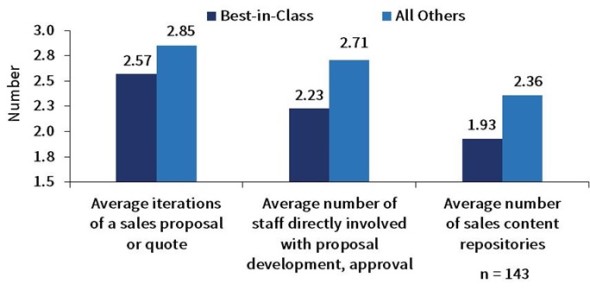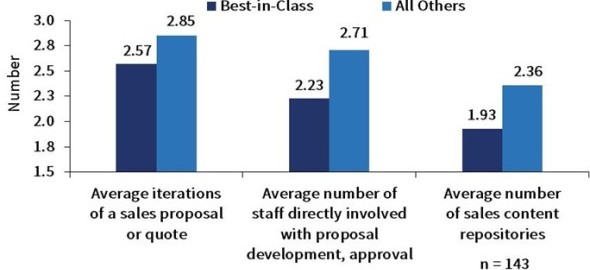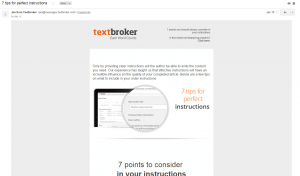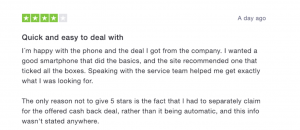The first of this blog series delivered a compelling argument for utilizing CPQ as a must-have component of your sales effectiveness efforts, based on performance results between adopters and non-users. Today, let’s get under the hood of this machine by exploring how the strongest-performing companies in Aberdeen’s research use the solution most effectively.
What exactly is CPQ? Aberdeen defines it as “a technology enabler with which selling organizations manage their opportunity-to-order (or lead-to-win) methodology with automated tools that impact the speed and accuracy of developing quotes, proposals, contracts, and products. The most common application solutions help literally configure, price, and generate quotes for buyers of goods and services.” In other words, CPQ helps sales operations teams support their front-line sellers by allowing them to work smarter, not harder. Take a look at the efficiencies that Best-in-Class companies, those with the most reps hitting quota, and the best annualized improvements in revenue and lead conversion rate, are self-reporting, as found in our upcoming study “Got Friction? Workflow Fixes that Shorten the B2B Sales Cycle”, summarized in Figure 1:
Figure 1: Numbers Don’t Lie: Best-in-Class Sales Effectiveness Advantages Over Under-Performers

Is savings of less than one-third of a proposal iteration (2.57 vs. 2.85) that big a deal? Consider how many proposals, quotes, or contracts arrive each year in your prospect’s and customer’s inboxes, and the labor-intensive activity behind your firewall that goes into each one (9.6 hours per proposal for the Best-in-Class, 18.4 and 19.1 hours respectively among Industry Average and Laggard firms), and then what impact a 9.8% reduction in manpower will have on your team’s output. And their sanity. CPQ ‘s very mission is to cut down on paperwork, repetition, and re-inventing the wheel; perhaps it can lower blood pressure, too.
Next, I often half-joke about Directors of Sales Prevention. You know who they are: well-intentioned folks in legal, procurement, or other back-office functions, who are legitimately tasked with protecting your organization, but sometimes end up more focused on guarding and validating their jobs. The 18% delta in human friction between Best-in-Class and under-performing enterprises is a deliberate, calculated goal of CPQ deployments. Like so many sales automation efforts, the rationale behind the solution is to keep our sellers selling, and to standardize often-repeated tasks such as locating documentation, choosing prices, developing proposals, and engaging in any other activities that have already been addressed by our peers within the enterprise.
Business Articles | Business 2 Community
(390)
Report Post






